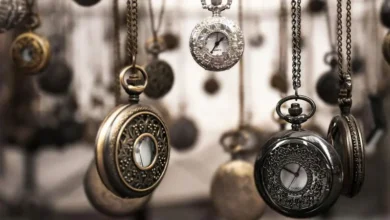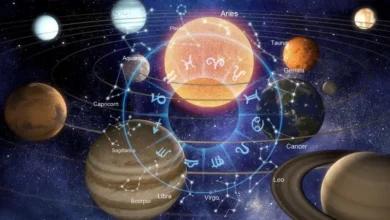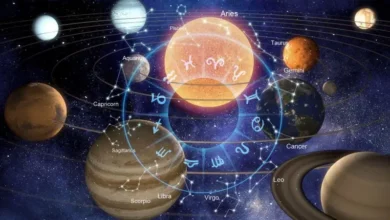Kenyan sculptor wants to bring recognition to African art

Elkana Ong’esa, one of Kenya’s most renowned sculptors, believes that African art still lacks the recognition it deserves both at home and abroad, despite its profound influence on Western art.
The 79 years old artist, known for his nature-inspired creations, has exhibited his work in prestigious venues such as the UNESCO headquarters in Paris and the United Nations in New York, yet the prices his art commands pale in comparison to Western artworks. He attributes this disparity to the lack of support from the Kenyan government and the reluctance of African and foreign collectors to invest in African pieces.

Ong’esa recalled a 2014 incident in which his monumental granite sculpture, intended for the Smithsonian Folklore Festival in Washington, faced transportation issues due to the Kenyan authorities’ refusal to accept foreign assistance. The sculpture, weighing 13 tonnes, was eventually deemed too heavy to be airlifted.
Allegations emerged that officials demanded kickbacks in exchange for facilitating the transport. Ong’esa refrained from commenting directly on the accusations, but he lamented the missed opportunity, as the sale would have elevated Kenyan art to new heights.
Raised in a family of artisans, Ong’esa began making clay toys as a young child before advancing to carving animals out of discarded stone fragments. His educational journey led him to Makerere University in Uganda, followed by graduate studies at Canada’s McGill University. Along the way, he drew inspiration from artists like Inuit sculptors and British icon Henry Moore, who prioritized artistic expression over mere craftsmanship.

Despite these influences, Ong’esa’s creations bear a distinct African art identity. He favors Kisii stone, a unique medium found exclusively in western Kenya, and incorporates symbols from African myths and songs into his work. One of his notable sculptures, “Enyamuchera” (“Bird of Peace” in the Kisii language), adorns the UNESCO headquarters in Paris.
Ong’esa remains committed to creating art that resonates with his local community. His sculptures can be found along the streets of Kisii, in his garden where he imparts stone carving skills to aspiring artists, and in the museum he established to showcase African art. Despite experiencing health issues that forced him to cease working for seven years, Ong’esa is gradually returning to his craft, albeit with smaller-scale projects due to physical limitations.










